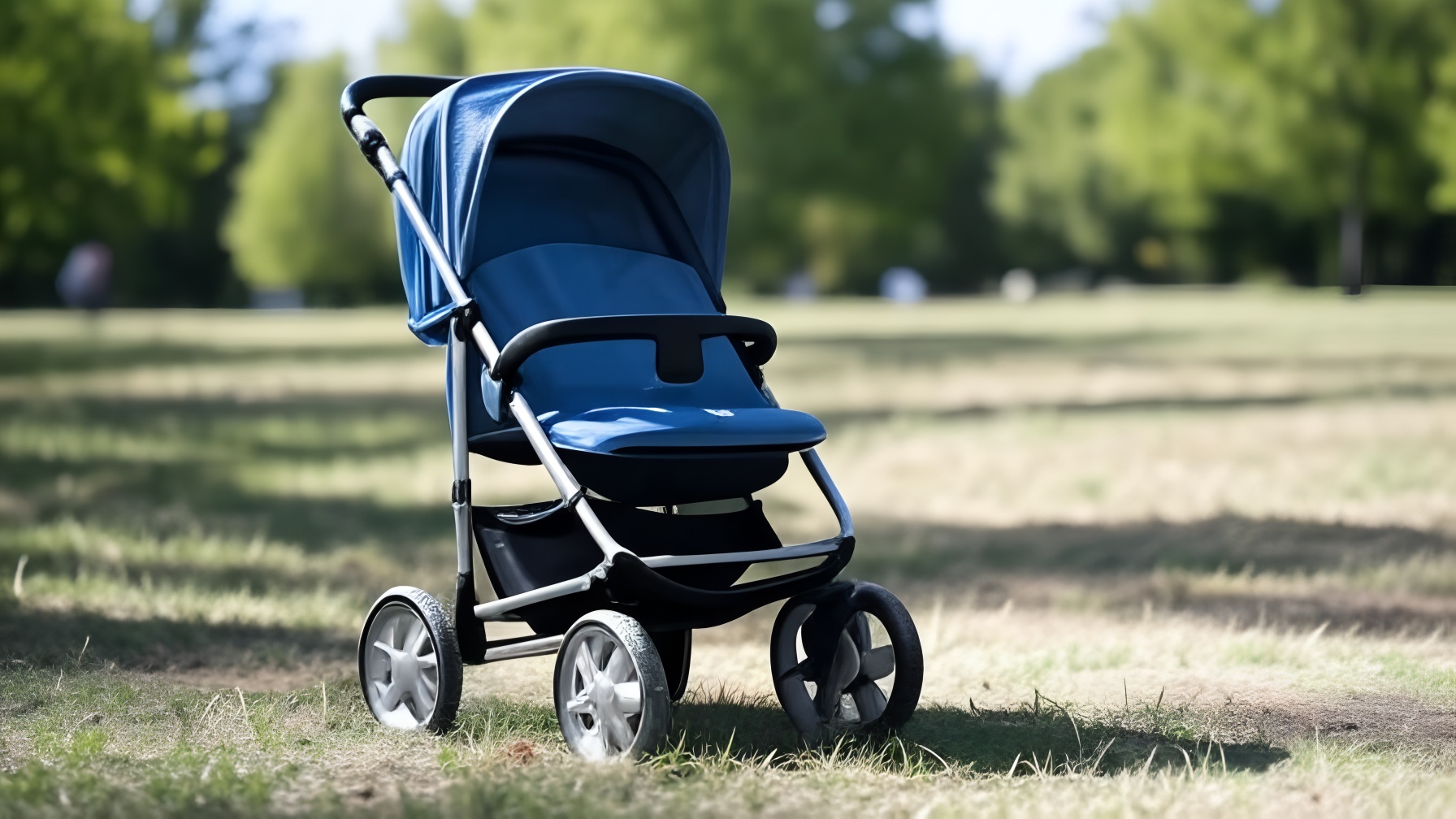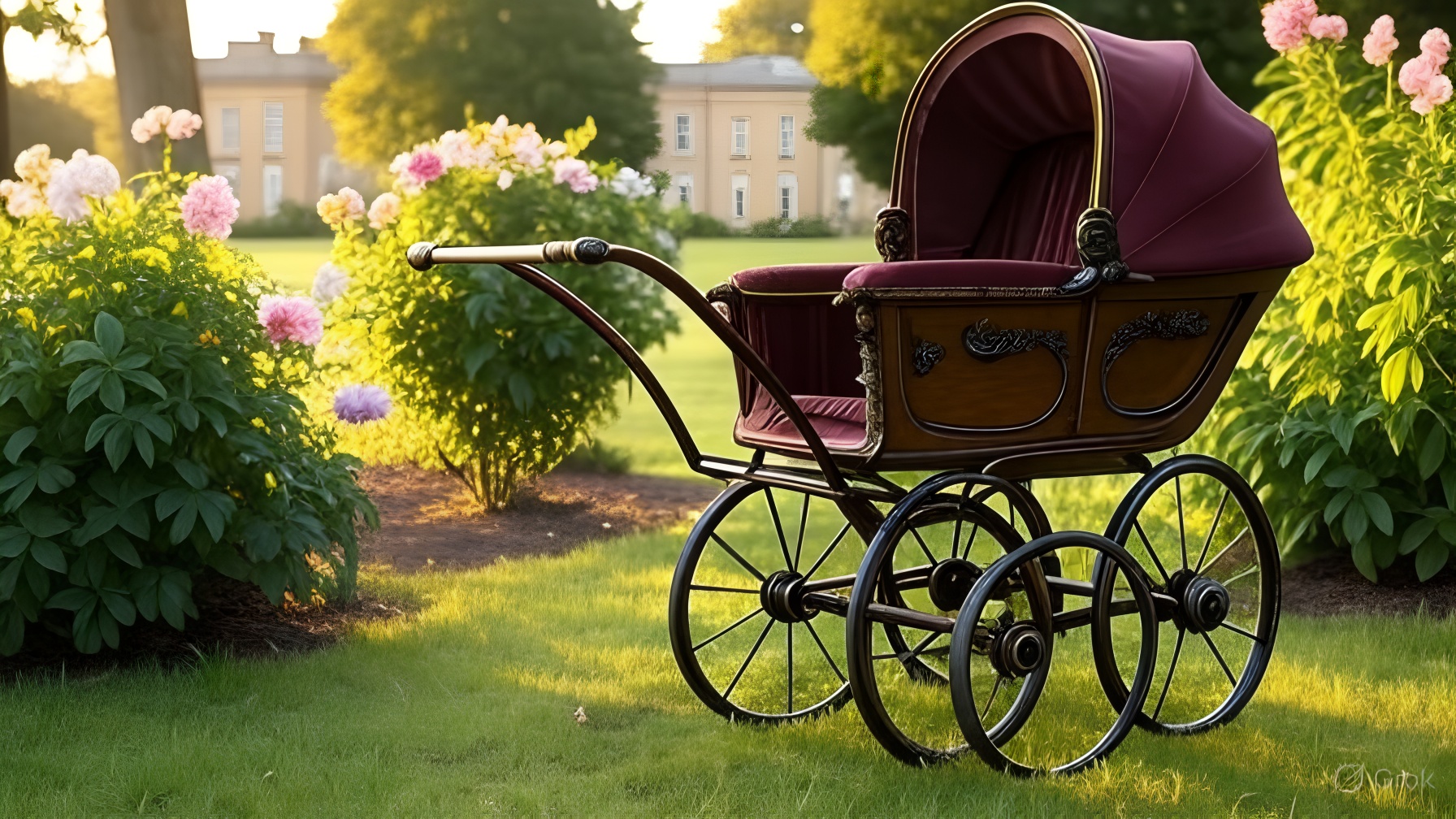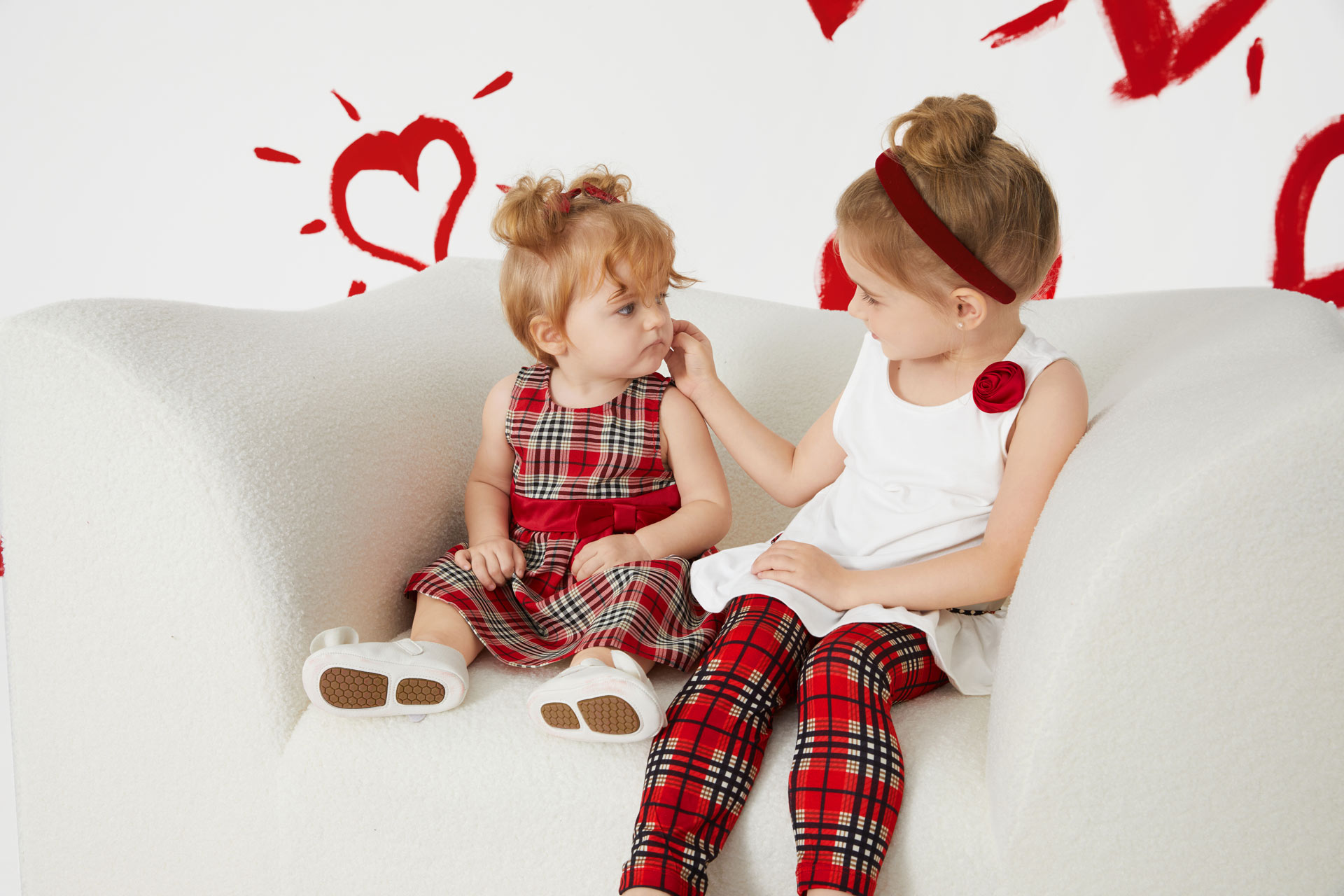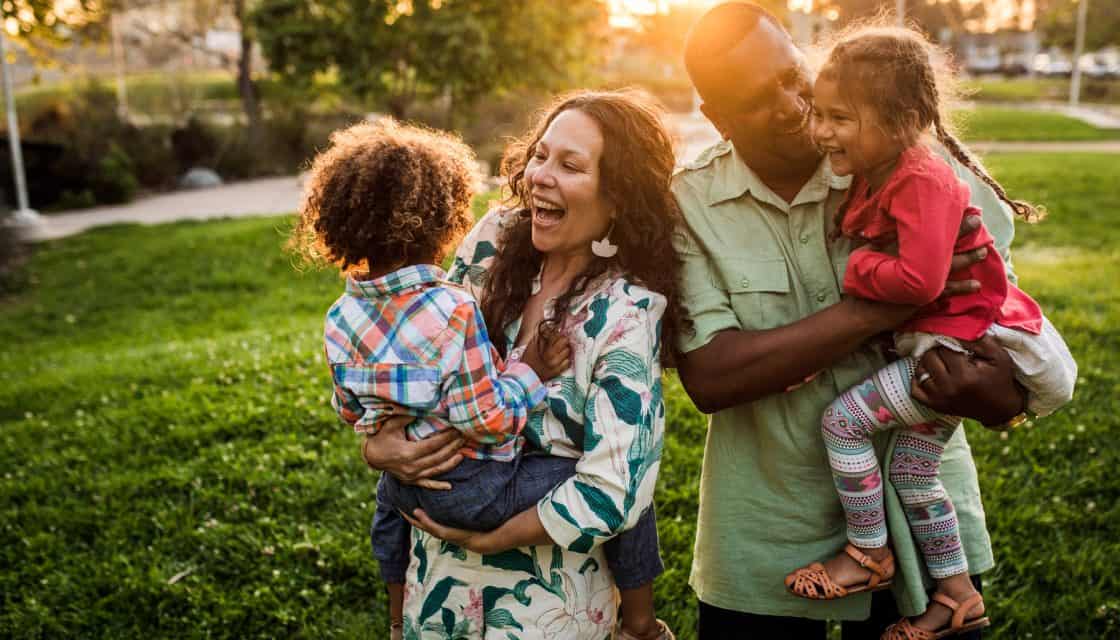For cost-conscious parents, buying a second-hand stroller can be a smart way to save money without compromising on quality or functionality. Strollers are essential for navigating life with a baby or toddler, but brand-new models can come with hefty price tags. The good news? The second-hand market is brimming with high-quality options that can meet your needs at a fraction of the cost. However, purchasing a used stroller requires careful consideration to ensure safety, durability, and value. In this comprehensive guide, we’ll walk you through everything you need to know about buying a second-hand stroller, from safety checks to assessing value, so you can make an informed decision that benefits both your family and your wallet.
Why Choose a Second-Hand Stroller?
The appeal of a second-hand stroller lies primarily in cost savings. New strollers can range from $100 to over $1,000, depending on the brand, features, and design. In contrast, used strollers can often be found for 30-70% less, even for premium brands like Bugaboo, UPPAbaby, or Stokke. For parents on a tight budget or those who want to allocate funds to other baby essentials, this is a significant advantage.
Beyond cost, buying used is an environmentally friendly choice. Extending the life cycle of a stroller reduces waste and the demand for new manufacturing, aligning with sustainable parenting practices. Additionally, second-hand strollers often come with accessories—like rain covers, cup holders, or sibling boards—that might otherwise be expensive add-ons.
However, the second-hand market isn’t without risks. Safety concerns, wear and tear, and outdated designs can pose challenges. That’s why it’s crucial to approach your purchase with a clear checklist and a discerning eye. Let’s dive into the key factors to consider when buying a used stroller.
Recommended Platforms for Buying Second-Hand Strollers
When searching for a second-hand stroller, choosing the right platform can make all the difference. Here are some recommended platforms where you can find quality used strollers:
-
GoodBuy Gear – Specializes in open box and gently used strollers, ensuring quality through inspections and offering a return policy. Visit GoodBuy Gear for a curated selection.
-
Stork Exchange – Offers premium open-box and overstock strollers from reputable brands at discounted prices. Check out Stork Exchange for high-quality deals.
-
Rebelstork – A marketplace for overstock and returned baby gear, including strollers, helping you save money while being eco-friendly. Explore Rebelstork for sustainable options.
-
eBay – Provides a vast selection of used strollers from various sellers, allowing you to find specific models and brands. Browse eBay for a wide range of choices.
-
Facebook Marketplace – Ideal for local purchases, enabling you to inspect strollers in person before buying. Access Facebook Marketplace for local deals.
-
Mercari – An online platform where individuals can buy and sell used items, including baby gear like strollers. Visit Mercari for user-friendly transactions.
-
OfferUp – Similar to Facebook Marketplace, offering local deals on used strollers and other items. Check OfferUp for nearby finds.
-
Consignment Stores – Chains like Once Upon a Child and Kid to Kid carry gently used children’s items, including strollers, and allow for in-person evaluation. Find locations at Once Upon a Child or Kid to Kid.
These platforms offer a range of options for finding affordable, high-quality second-hand strollers, but always prioritize safety and thorough inspection when making a purchase.
Safety First: Essential Checks for Used Strollers
When buying a second-hand stroller, safety is non-negotiable. A stroller that’s unsafe or structurally compromised can put your child at risk. Here’s a step-by-step guide to evaluating a used stroller’s safety:
1. Check for Recalls
Before purchasing, verify that the stroller model hasn’t been recalled. In the U.S., you can check the Consumer Product Safety Commission (CPSC) website (CPSC) for recall information. In other countries, consult your local consumer safety agency. Enter the brand and model number to ensure the stroller meets current safety standards. If a recall has been issued, confirm whether the issue was addressed (e.g., through a repair kit from the manufacturer).
2. Inspect the Frame
The stroller’s frame is its backbone. Look for:
-
Cracks or bends: These can weaken the structure and cause collapse.
-
Rust: Surface rust may be cosmetic, but extensive corrosion can compromise integrity.
-
Welds and joints: Ensure they’re intact and free of damage.
A wobbly or unsteady frame is a red flag. Test the stroller by pushing it on a flat surface to check for stability.
3. Examine the Brakes
Functional brakes are critical for safety, especially on inclines. Test the brakes by engaging them and gently pushing the stroller. They should hold firm without slipping. Check for worn brake pads or loose mechanisms, as these can be costly to repair.
4. Assess the Harness
A secure harness keeps your child safely in place. Look for a five-point harness, which is the gold standard for stroller safety. Ensure:
-
Straps are free of fraying, tears, or stretching.
-
Buckles click securely and release smoothly.
-
The harness is adjustable to fit your child comfortably.
If the harness is damaged or missing, consider whether replacement parts are available from the manufacturer.
5. Test the Wheels
Wheels take a lot of wear, so inspect them closely:
-
Tires: Check for punctures, bald spots, or uneven wear. Air-filled tires should hold pressure.
-
Alignment: Push the stroller to ensure it tracks straight without veering.
-
Suspension: If the stroller has suspension, test it by pressing down on the frame. It should bounce back smoothly.
Wobbly or damaged wheels can affect maneuverability and safety.
6. Verify Folding Mechanism
Most strollers fold for storage or transport. Test the folding mechanism to ensure it operates smoothly without sticking or jamming. Check that the stroller locks securely in both open and folded positions to prevent accidental collapse.
7. Check for Sharp Edges or Pinch Points
Run your hands along the stroller’s frame and moving parts to identify any sharp edges, exposed screws, or pinch points that could injure you or your child. These are especially common in older or heavily used models.
8. Ensure Compliance with Safety Standards
Modern strollers must meet safety standards set by organizations like the Juvenile Products Manufacturers Association (JPMA) or ASTM International. Look for a JPMA certification sticker or check the manufacturer’s website to confirm compliance. Older strollers may not meet current standards, so proceed with caution.
Assessing Value: Is It a Good Deal?
Once you’ve confirmed the stroller is safe, it’s time to evaluate whether it’s a good value. Here are key factors to consider:
1. Brand and Model Reputation
Some brands are known for durability and resale value. Research the stroller’s original retail price and read reviews to gauge its quality. Premium brands like Bugaboo, UPPAbaby, and Baby Jogger often hold up well, while lesser-known brands may not. Check how the model stacks up against newer versions—older models may lack modern features like adjustable handlebars or compact folds.
2. Condition and Age
A stroller’s condition is more important than its age, but both matter. A gently used, five-year-old stroller from a top brand may be a better buy than a heavily worn, two-year-old budget model. Ask the seller:
-
How often was the stroller used?
-
Was it stored indoors or exposed to the elements?
-
Has it been in any accidents or mishandled?
Look for signs of wear, such as faded fabric, scratched frames, or stiff mechanisms. Minor cosmetic issues (e.g., small stains) are often fixable, but structural damage is a dealbreaker.
3. Accessories and Features
Many strollers come with extras that add value. Common accessories include:
-
Rain covers
-
Sunshades
-
Cup holders
-
Storage baskets
-
Adapters for car seats or bassinet attachments
Check whether these are included and in good condition. Also, consider the stroller’s features, such as reclining seats, adjustable footrests, or all-terrain wheels, and whether they meet your needs.
4. Price Comparison
Research the going rate for the same model in similar condition on platforms like eBay or Poshmark. A good rule of thumb is that a used stroller in excellent condition should cost 50-70% of its original price, while heavily used models may go for less. Be wary of deals that seem too good to be true—they may indicate hidden issues.
5. Replacement Parts Availability
Before committing, check whether the manufacturer still supports the model. Can you buy replacement parts like wheels, harnesses, or fabric covers? If the stroller is discontinued, repairs may be difficult or impossible, reducing its long-term value.
Cleaning and Maintenance Tips
A used stroller may need some TLC to restore it to top condition. Here’s how to clean and maintain it:
-
Fabric: Remove washable fabric components and follow the manufacturer’s care instructions. Spot-clean non-removable parts with mild soap and water.
-
Frame: Wipe down with a damp cloth and mild detergent. Avoid harsh chemicals that could damage the finish.
-
Wheels: Remove debris from wheels and lubricate axles with silicone spray if they’re squeaky.
-
Storage: Store the stroller in a dry, indoor space to prevent rust or mold.
Regular maintenance extends the stroller’s lifespan and keeps it looking fresh.
Red Flags to Avoid
Steer clear of strollers with these warning signs:
-
Missing or incomplete safety features (e.g., no harness or faulty brakes).
-
Significant structural damage (e.g., cracked frame or bent axles).
-
No information about the stroller’s history or recalls.
-
Sellers who pressure you to buy quickly or refuse in-person inspections.
If you’re buying online, request detailed photos and ask specific questions about the stroller’s condition. Trust your instincts—if something feels off, walk away.
Making the Purchase
When you’ve found a stroller that checks all the boxes, follow these tips for a smooth transaction:
-
Inspect in Person: If possible, test the stroller before buying. Push it, fold it, and check all features.
-
Negotiate: Many sellers are open to haggling, especially if the stroller has minor flaws.
-
Get a Receipt: For consignment stores or private sales, request a receipt or written agreement for your records.
-
Ask About Returns: Some retailers offer return policies, but private sellers typically don’t, so be certain before you buy.
Comprehensive Guide to Buying Second-Hand Strollers
For parents looking to balance quality and affordability, second-hand strollers offer an excellent opportunity to acquire essential baby gear at a reduced cost. New strollers can be a significant investment, often ranging from $100 to over $1,000, depending on the brand and features. In contrast, used strollers can be purchased for 30-70% less, making them an attractive option for budget-conscious families. Additionally, choosing second-hand aligns with sustainable parenting by reducing waste and extending the life cycle of products. However, the second-hand market requires careful navigation to ensure safety, functionality, and value. This guide provides a detailed roadmap for purchasing a used stroller, including where to shop, safety checks, value assessment, and maintenance tips.
Where to Find Second-Hand Strollers
The second-hand stroller market is diverse, offering options through various channels. Each platform has unique advantages and considerations, making it essential to choose the right one for your needs. Below is a detailed list of recommended platforms, categorized by type, to help you find the best deals on second-hand strollers.
Recommended Platforms for Second-Hand Strollers
|
Platform |
Description |
Best For |
URL |
|---|---|---|---|
|
GoodBuy Gear |
Specializes in open box and gently used baby gear, including strollers, with rigorous quality checks and a 14-day return policy. |
Quality-assured purchases, nationwide shipping |
GoodBuy Gear |
|
Stork Exchange |
Offers premium open-box and overstock strollers from top brands like UPPAbaby and Bugaboo, with free shipping and a money-back guarantee. |
Premium brands at discounted prices |
Stork Exchange |
|
Rebelstork |
Tech-driven marketplace for overstock and returned baby gear, including strollers, with up to 70% off retail prices. |
Eco-conscious buyers, significant savings |
Rebelstork |
|
eBay |
Vast marketplace with a wide selection of used strollers, offering both Buy It Now and bidding options. |
Finding specific models or brands |
eBay |
|
Facebook Marketplace |
Local deals on used strollers, allowing in-person inspection before purchase. |
Local purchases, hands-on evaluation |
Facebook Marketplace |
|
Mercari |
Online platform for buying and selling used items, including baby gear like strollers, with a user-friendly interface. |
Convenient online transactions |
Mercari |
|
OfferUp |
Similar to Facebook Marketplace, offering local deals on used strollers with no fees for in-person transactions. |
Local deals, cost-effective purchases |
OfferUp |
|
Once Upon a Child |
Consignment store chain specializing in gently used children’s items, including strollers, available at multiple locations. |
In-person shopping, quality-checked items |
Once Upon a Child |
|
Kid to Kid |
Another consignment store chain offering used strollers and children’s gear, ideal for in-person evaluation. |
In-person shopping, local availability |
Kid to Kid |
Additional Options
-
Thrift Stores: Local thrift stores may occasionally stock strollers at low prices, though selection can be limited. Check stores like Goodwill or Salvation Army in your area.
-
Community Groups: Platforms like the Buy Nothing Project (Buy Nothing) facilitate free exchanges of baby gear within local communities, though availability depends on your area.
-
Friends and Family: Hand-me-downs from trusted sources can be a reliable and cost-free option, especially if you know the stroller’s history.
When shopping on general marketplaces like eBay, Facebook Marketplace, or OfferUp, exercise caution by requesting detailed photos and asking about the stroller’s condition and history. Specialized platforms like GoodBuy Gear, Stork Exchange, and Rebelstork often provide quality assurances, making them safer bets for online purchases. For in-person shopping, consignment stores like Once Upon a Child and Kid to Kid offer the advantage of testing the stroller before buying.
Safety Checks for Second-Hand Strollers
Safety is paramount when purchasing a used stroller, as compromised components can pose risks to your child. Below are detailed safety checks to perform:
1. Verify Recall Status
Always check if the stroller model has been recalled. In the U.S., visit the Consumer Product Safety Commission website (CPSC) and enter the brand and model number. For international buyers, consult your local consumer safety agency. If a recall exists, confirm whether the issue was resolved with a manufacturer-provided repair kit.
2. Inspect the Frame
The frame is the stroller’s structural foundation. Examine it for:
-
Cracks or bends: These indicate potential weakness that could lead to collapse.
-
Rust: Minor surface rust is cosmetic, but extensive corrosion compromises safety.
-
Welds and joints: Ensure they are secure and undamaged.
Test the stroller’s stability by pushing it on a flat surface. A wobbly frame is a sign of structural issues.
3. Test the Brakes
Reliable brakes are essential, particularly on slopes. Engage the brakes and push the stroller gently to ensure they hold firm. Inspect brake pads for wear and check for loose mechanisms, which may require costly repairs.
4. Evaluate the Harness
A five-point harness is the safest option for securing your child. Check that:
-
Straps are free from fraying, tears, or stretching.
-
Buckles function properly, clicking securely and releasing smoothly.
-
The harness is adjustable to fit your child.
If the harness is damaged, verify whether replacement parts are available from the manufacturer.
5. Examine the Wheels
Wheels endure significant wear, so inspect them thoroughly:
-
Tires: Look for punctures, bald spots, or uneven wear. Air-filled tires should hold pressure.
-
Alignment: Push the stroller to confirm it moves straight without veering.
-
Suspension: Press down on the frame to test suspension, which should respond smoothly.
Damaged wheels can impair maneuverability and safety.
6. Check the Folding Mechanism
Test the folding mechanism to ensure it operates without sticking or jamming. Verify that the stroller locks securely in both open and folded positions to prevent accidental collapse.
7. Look for Sharp Edges or Pinch Points
Run your hands along the frame and moving parts to identify sharp edges, exposed screws, or pinch points that could harm you or your child. These are common in older or heavily used strollers.
8. Confirm Safety Standards Compliance
Modern strollers should meet standards set by organizations like the Juvenile Products Manufacturers Association (JPMA) or ASTM International. Look for a JPMA certification sticker or check the manufacturer’s website. Older models may not comply with current standards, increasing safety risks.
Assessing Value for Money
After ensuring safety, evaluate whether the stroller offers good value. Consider the following factors:
1. Brand and Model Reputation
Premium brands like Bugaboo, UPPAbaby, and Stokke are known for durability and often retain value. Research the original retail price and read reviews to assess quality. Compare the model to newer versions, as older models may lack features like adjustable handlebars or compact folds.
2. Condition and Age
Condition outweighs age, but both are important. A gently used, five-year-old premium stroller may outperform a heavily worn, newer budget model. Ask the seller:
-
How frequently was the stroller used?
-
Was it stored indoors or exposed to weather?
-
Has it been involved in accidents?
Look for signs of wear, such as faded fabric or scratched frames. Minor cosmetic issues are manageable, but structural damage is a dealbreaker.
3. Included Accessories and Features
Accessories add significant value. Common extras include:
-
Rain covers
-
Sunshades
-
Cup holders
-
Storage baskets
-
Car seat or bassinet adapters
Ensure these are in good condition. Evaluate features like reclining seats or all-terrain wheels to confirm they meet your needs.
4. Price Comparison
Compare prices for the same model in similar condition on platforms like eBay or Mercari. A well-maintained used stroller should cost 50-70% of its original price, while heavily used models may be cheaper. Be cautious of overly low prices, which may signal hidden issues.
5. Availability of Replacement Parts
Check if the manufacturer still supports the model. Availability of replacement parts like wheels or harnesses is crucial for long-term use. Discontinued models may be difficult to repair, reducing their value.
Cleaning and Maintaining a Used Stroller
To restore a used stroller to optimal condition, follow these maintenance tips:
-
Fabric: Remove washable components and follow manufacturer cleaning instructions. Spot-clean non-removable parts with mild soap and water.
-
Frame: Clean with a damp cloth and mild detergent, avoiding harsh chemicals that could damage the finish.
-
Wheels: Remove debris and lubricate axles with silicone spray if squeaky.
-
Storage: Store indoors in a dry environment to prevent rust or mold.
Regular upkeep ensures the stroller remains functional and presentable.
Red Flags to Watch For
Avoid strollers with these issues:
-
Missing or faulty safety features (e.g., no harness or ineffective brakes).
-
Significant structural damage (e.g., cracked frame or bent axles).
-
Unknown history or recall status.
-
Sellers who rush the sale or refuse inspections.
For online purchases, request detailed photos and ask specific questions about condition. Trust your instincts and avoid suspicious deals.
Tips for a Smooth Purchase
To finalize your purchase confidently:
-
Inspect in Person: Test the stroller’s functionality by pushing and folding it.
-
Negotiate: Many sellers are open to price reductions, especially for minor flaws.
-
Request a Receipt: Obtain a receipt or written agreement for your records.
-
Check Return Policies: Retailers may offer returns, but private sellers typically don’t, so be certain before buying.
Conclusion
Purchasing a second-hand stroller is a practical and eco-friendly choice for parents seeking quality on a budget. By using trusted platforms like GoodBuy Gear, Stork Exchange, and Rebelstork, or exploring local options like Facebook Marketplace and consignment stores, you can find excellent deals. Prioritizing safety through thorough inspections and assessing value based on brand, condition, and features ensures a wise investment. With careful consideration and proper maintenance, a second-hand stroller can serve your family reliably for years, saving money and supporting sustainable practices.




